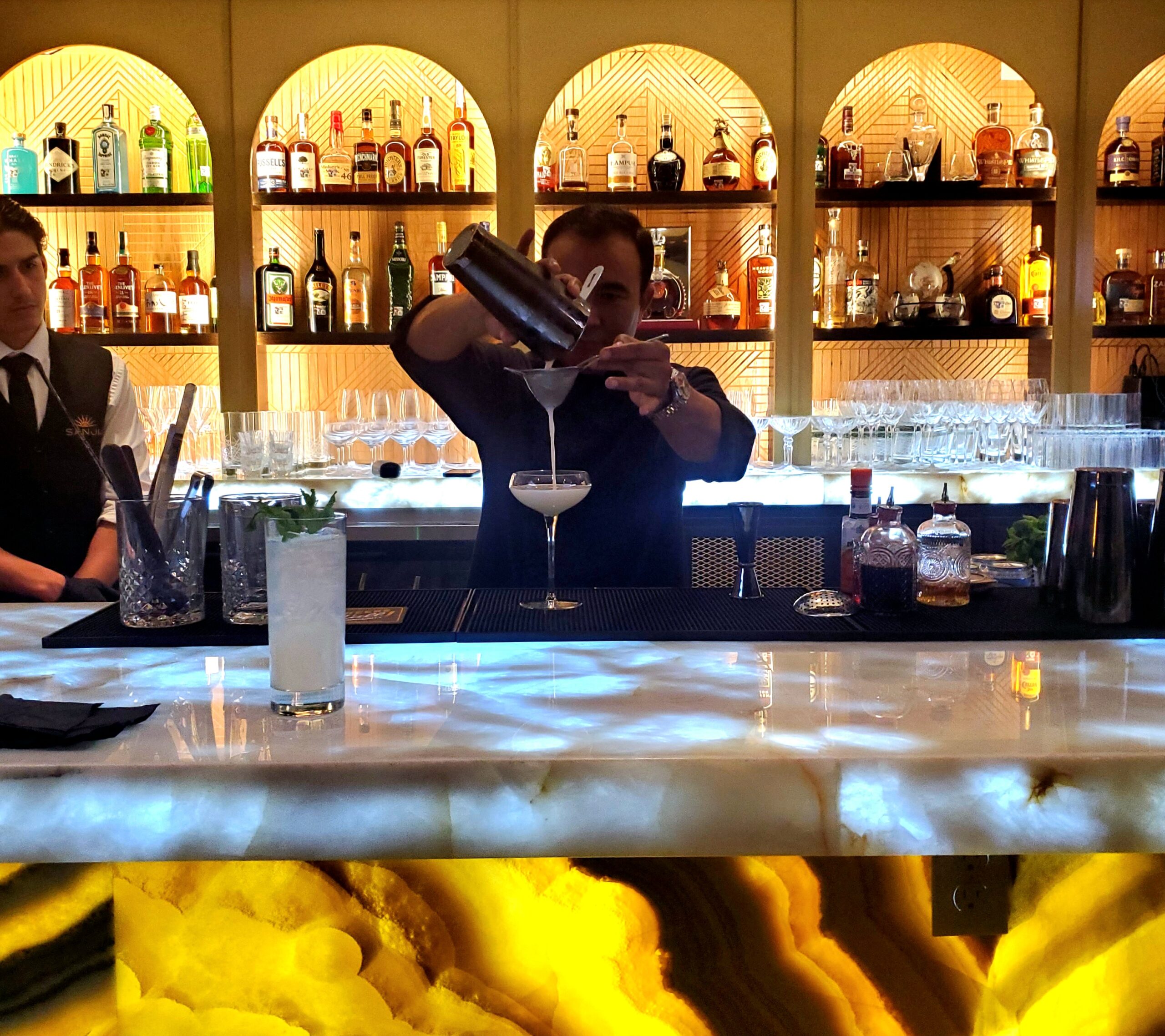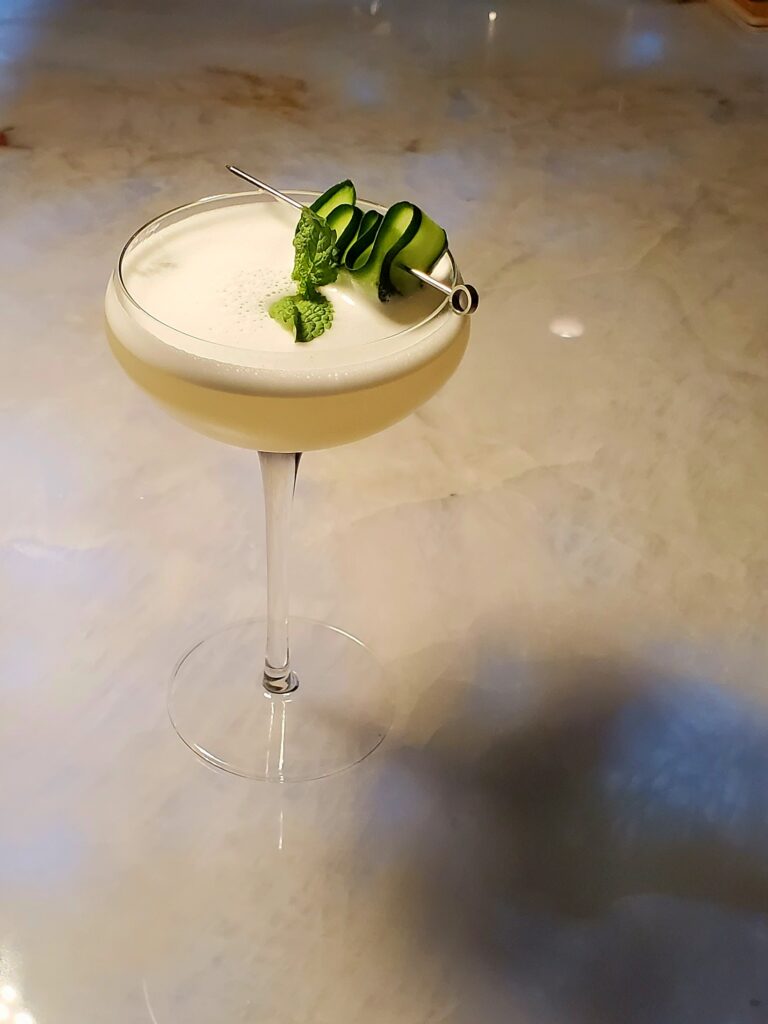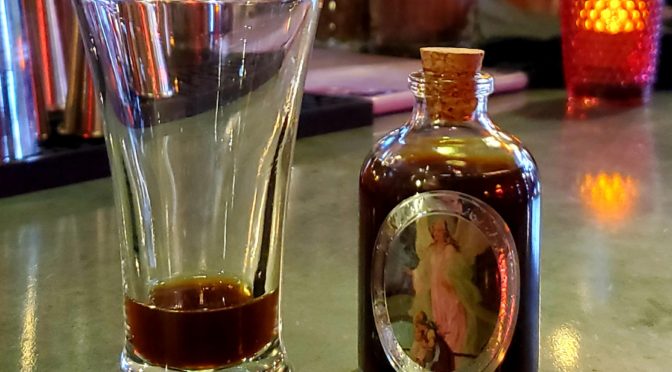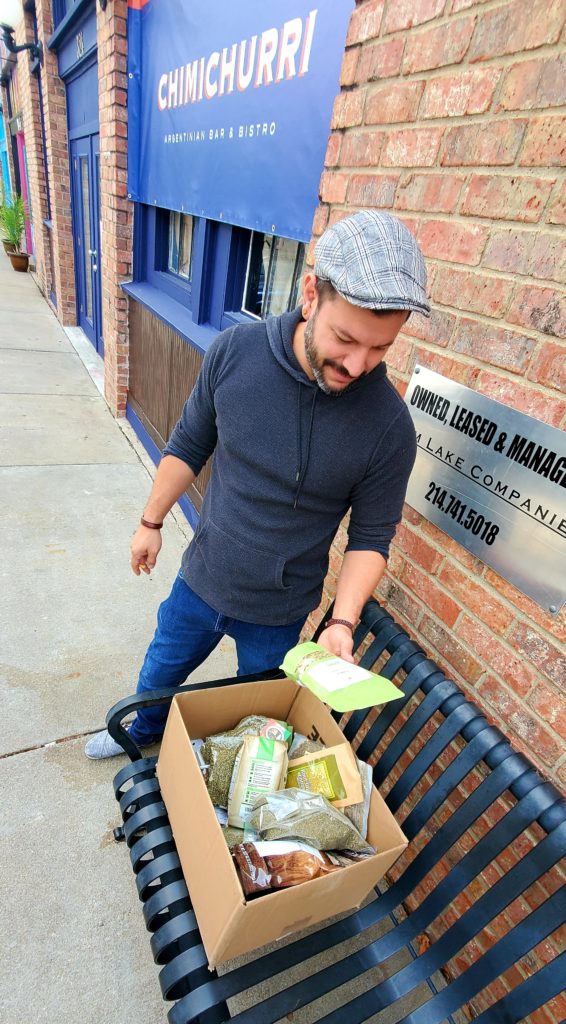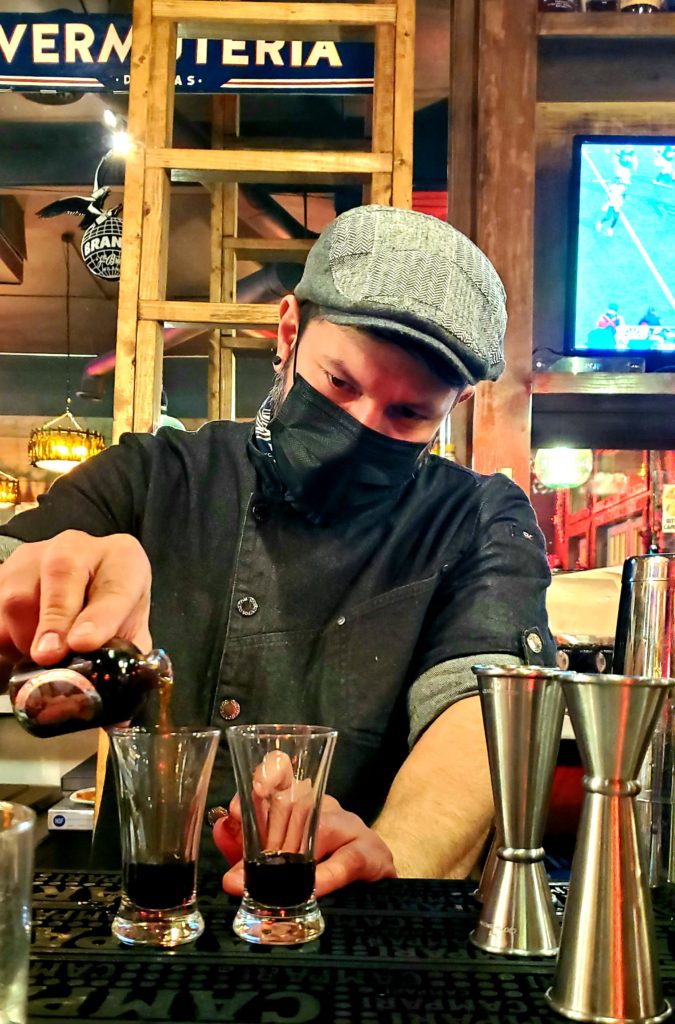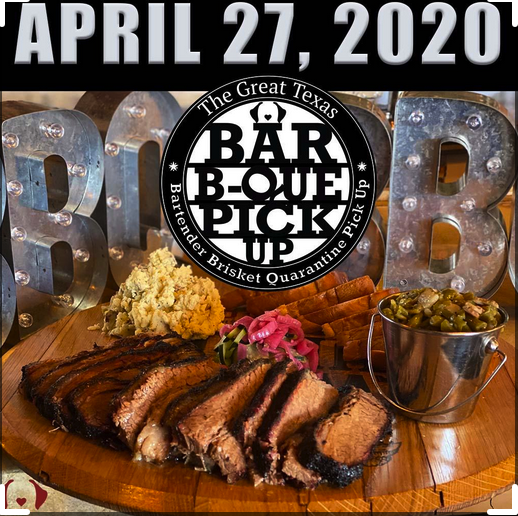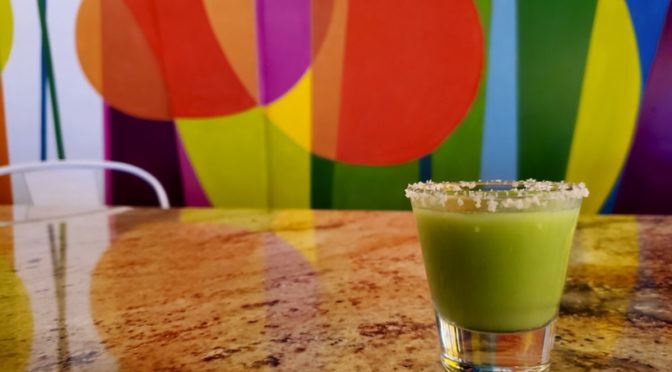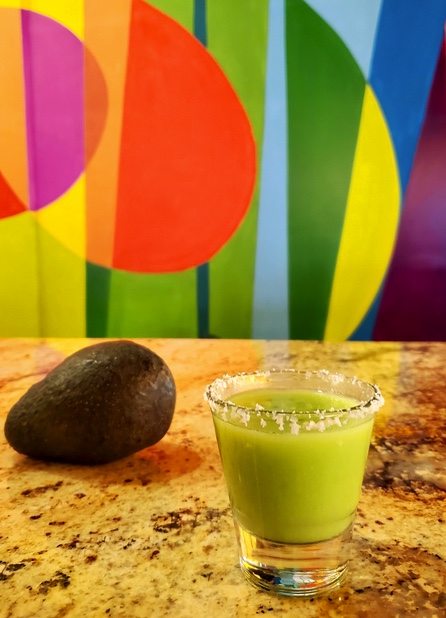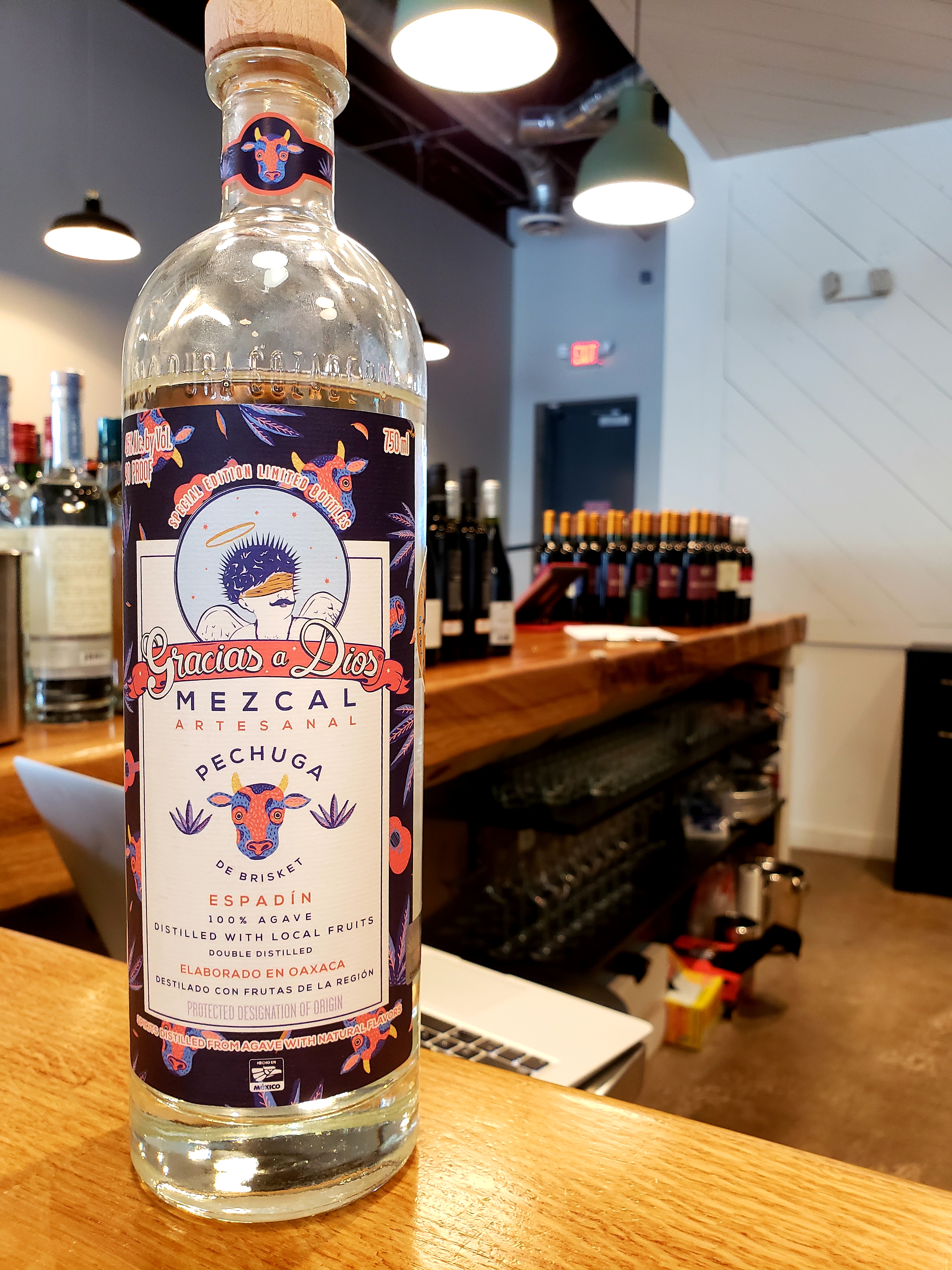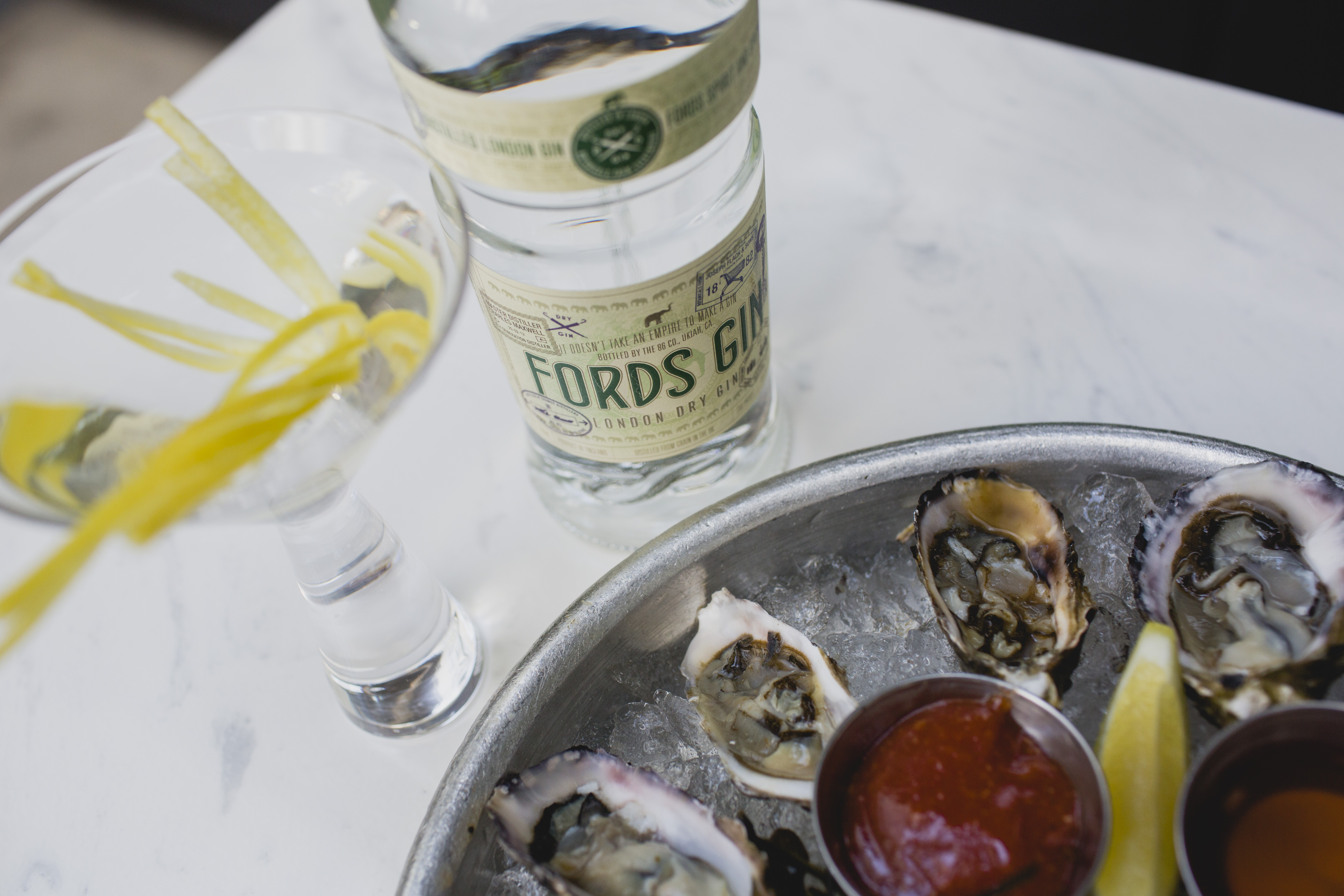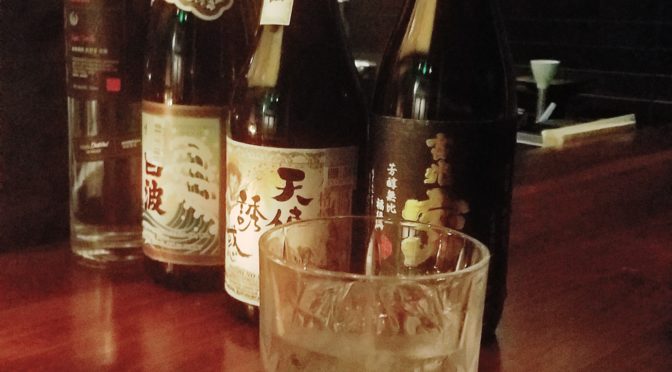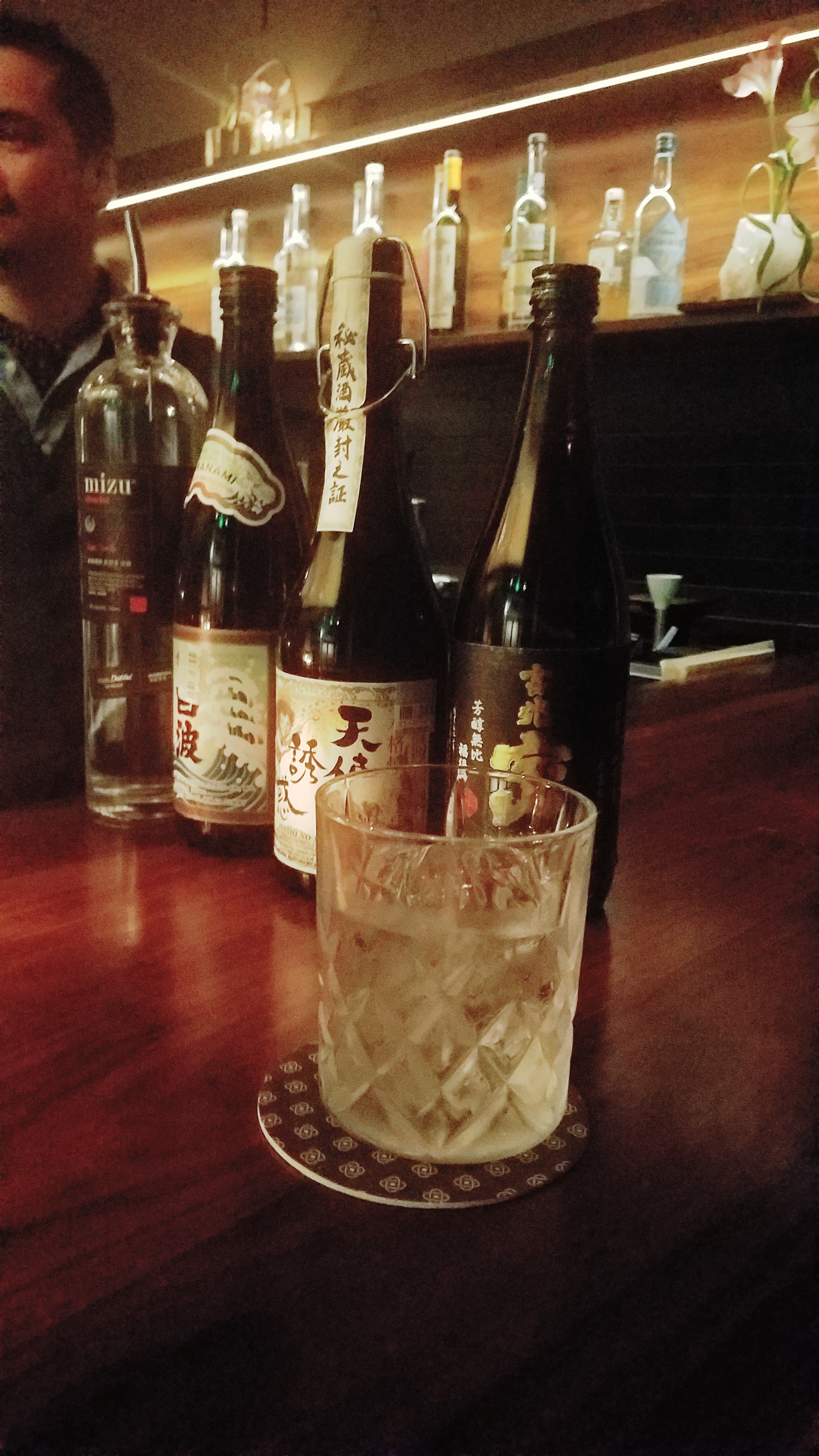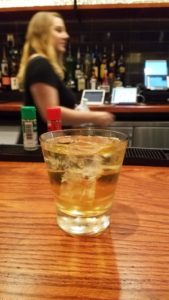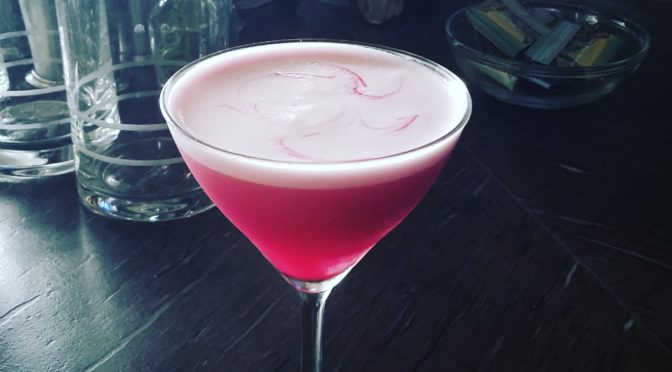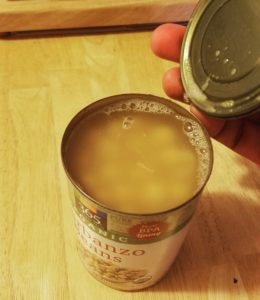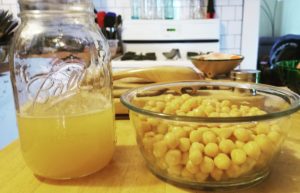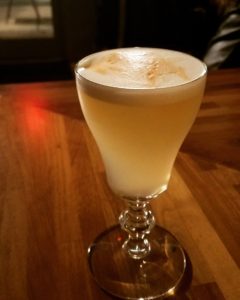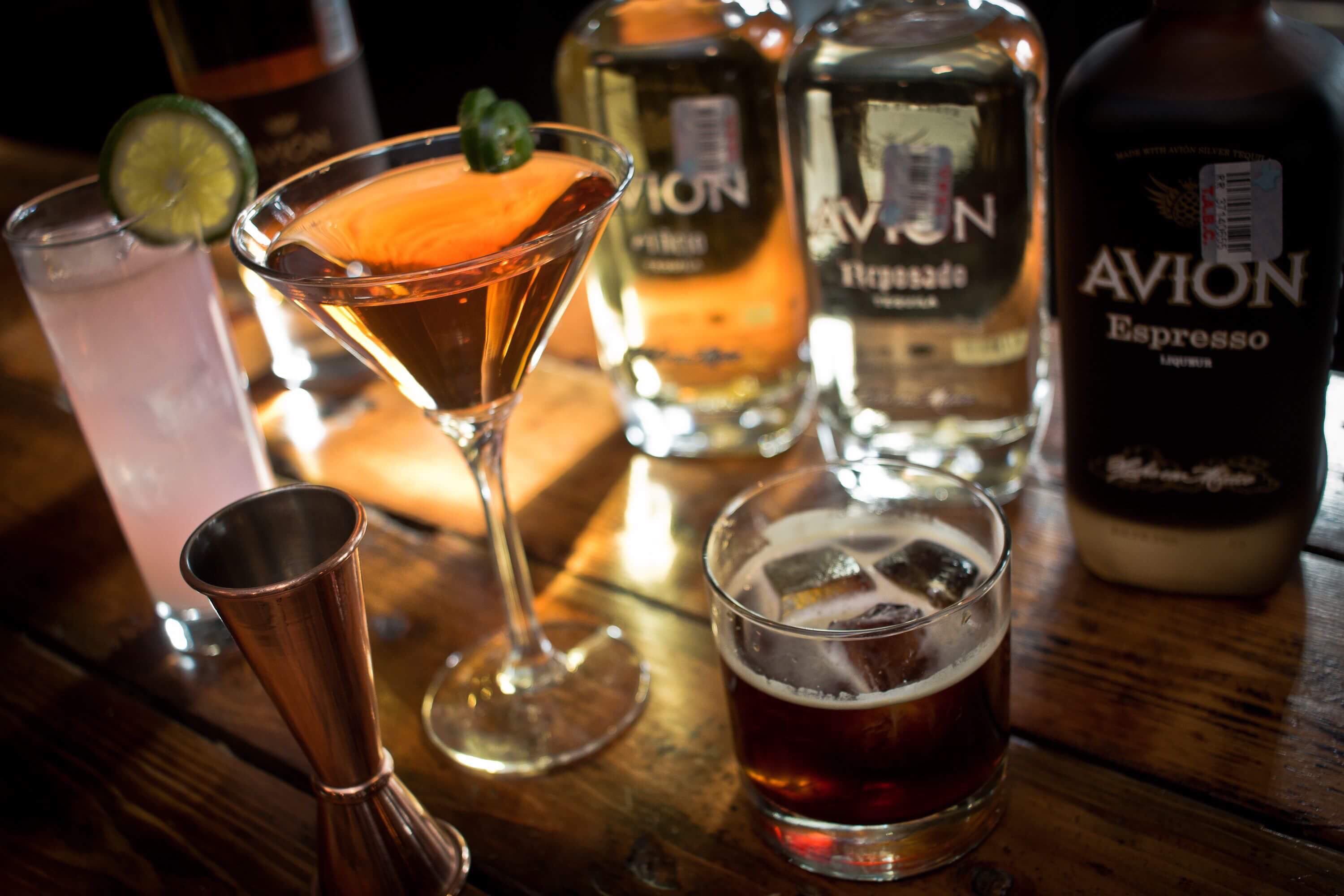Five years ago, Yangdup Lama and his business partner launched Sidecar in New Delhi; last year, the two-story neighborhood bar and speakeasy was named India’s best bar and came in at No. 67 in an annual ranking of the world’s best cocktail bars (and No. 18 in Asia) – the only establishment in India to make the global list . Meanwhile, Lama was named Travel + Leisure Asia’s 2022 Mixologist of the Year.
Not bad for an accidental bartender, as Lama likes to describe himself. Last week, the energetically elfin, 27-year industry vet purposely found himself in North Texas, where he’d been drafted to design the cocktail program at Sanjh, the posh, highly anticipated Indian restaurant recently opened in Irving.
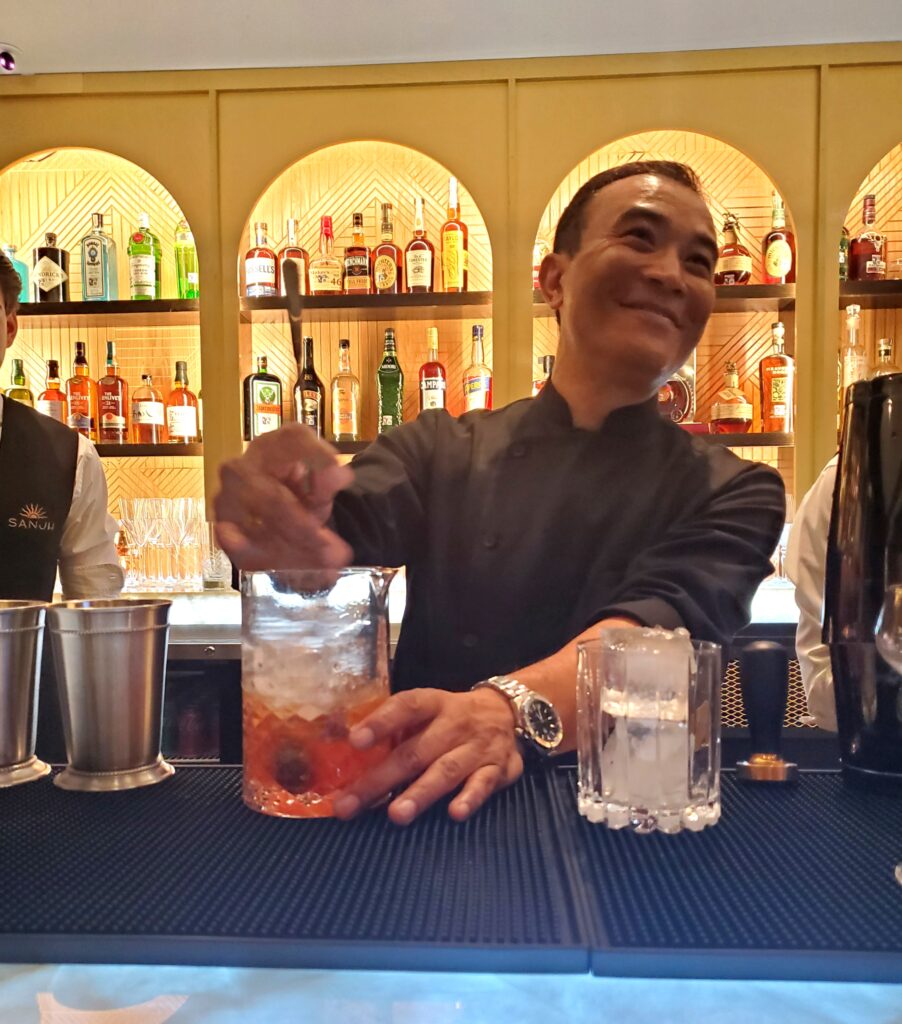
For a long time, he says, bartenders in India looked to the West for inspiration as they crafted basic martinis and Manhattans in New Delhi’s fledgling cocktail scene. But with people around the globe increasingly warming to Indian flavors, Lama and others have proudly embraced the chance to showcase the country’s richness of flavors and culture in their own land and beyond.
In North Texas, such flavors have gone woefully underutilized in cocktails, which is why what Lama aims to do at Sanjh is so exciting.
From ‘accidental bartender’ to national industry icon
Lama, from the hill district of Darjeeling, joined Delhi’s Hyatt Regency in the 1990s with others who’d worked banquets and restaurants; having joined later than most of his colleagues, he said, he was assigned to the Hyatt’s chic Polo Lounge, where he had zero experience.
“I had no clue what I was doing,” he said. “But I started to enjoy the space. I realized you could be casual and build relationships with guests.”
He embraced the challenge. In short time, Lama was named India’s bartender of the year. Since then he’s won bartending competitions, worked as a brand ambassador, authored a cocktail book, started a bartending school and trained bartenders throughout India and beyond.

Pop-up showcases creations for Irving restaurant
Last week, Lama hosted a pop-up event in Sanjh’s second-floor lounge to showcase some of his creations for the restaurant, including a gimlet tinged with a Himalayan cherry tincture brought from India and a tea tonic boldly anchored by a Darjeeling-tea-infused sweet vermouth.
“Whenever I make a menu, there’s always one tea element,” he said.
His Jaam E Aam, featuring roasted cumin liqueur blended with gin, mango puree and chili tincture, is refreshingly lush while leaning on a rarely mined taste profile.
Then there’s the Chaat, named for the Indian street food typically laced with flavors spanning the spectrum of sweet, spicy, savory and salty with a bit of crunch. “It’s Hindi for ‘to lick,’” Lama said. “There’s something for everyone in a chaat.”
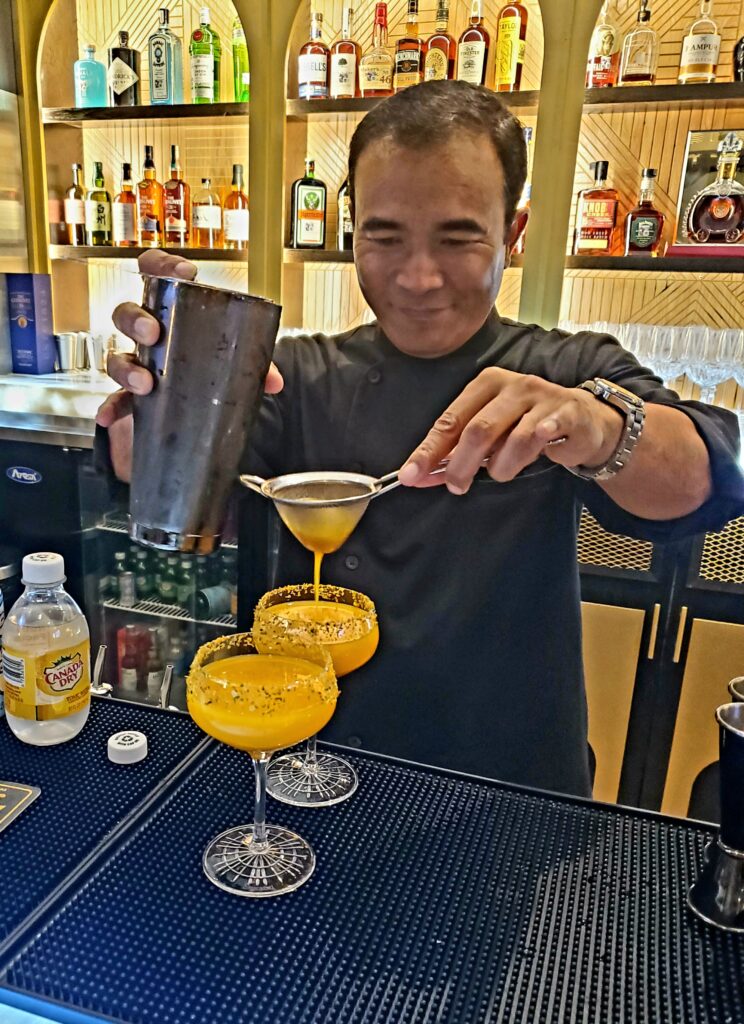
Lama built his eponymous cocktail on a base of tequila, lime and a syrup made from chaat masala, a spice mix whose range of variable ingredients can include amchoor, coriander, cumin, asefetida, ginger and chili powder. The silky, boldly flavorful drink was topped with a pepper-cilantro foam.
Lama said he hoped to not only tap the range of Indian food and culture but to inspire nostalgia as well, and he may have nailed it mostly with his Yang’s Old Fashioned. He mixed Buffalo Trace bourbon and Angostura bitters with a syrup made from betel nut.
“Every Indian at some point will have an experience with this,” he said, proffering a betel leaf, typically rolled with ground areca nut and slaked lime and chewed as a mouth freshener or snack. “For a lot of people it’s a habit. You can bite on it any time of day.”
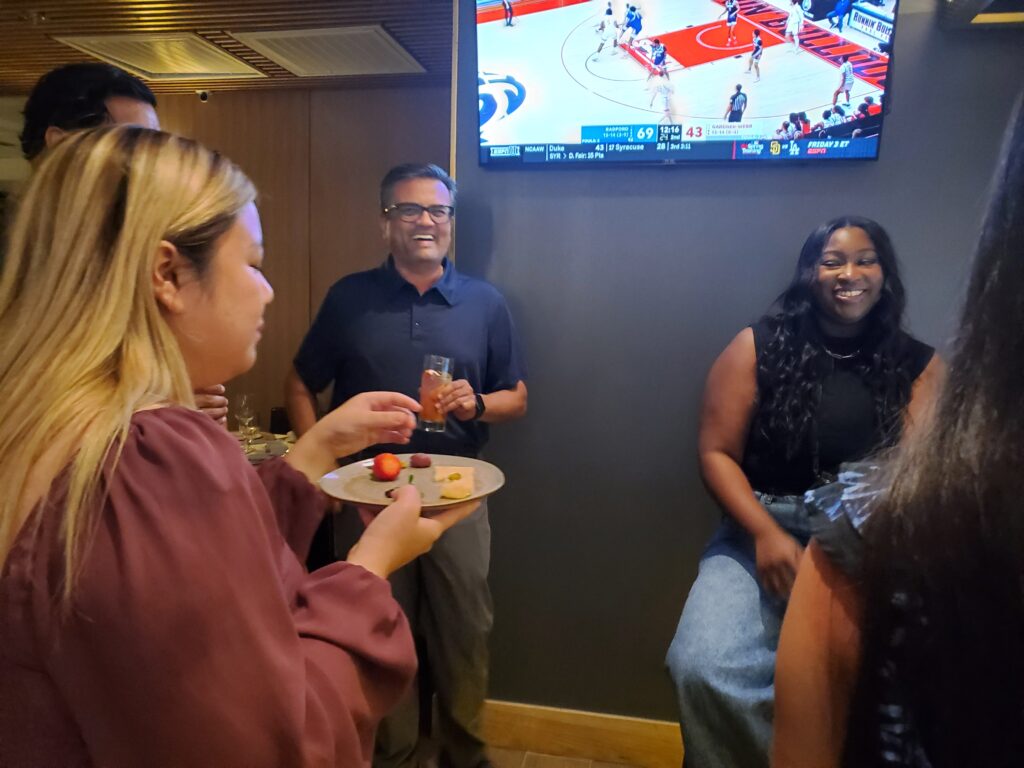
Vijay Patel, a retired businessman visiting from Austin, was captivated from the first sip.
“Dude. This is paan,” Patel said, citing the name given the mixture throughout South Asia. “People snack on it in the afternoon. It’s like putting on a shirt, dude. It’s no big deal.”
Patel’s reaction infused the visiting bartender with no small amount of joy.
“The idea is to translate some of it, what people have done at home,” Lama smiled.
Sanjh, 5250 N. O’Connor Blvd., Ste. 146, Irving. Cocktails are priced at $16.
